May 12, 2025
Author:Lisa Martinez
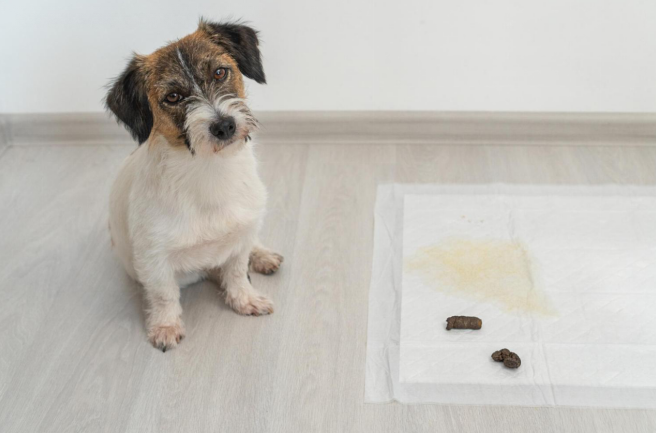
Have you observed your dog retaining its pee and poop for extended hours before suddenly emptying itself when you walk through the entrance? If you have pets or have experience owning dogs from the beginning or throughout your life it is crucial to comprehend the duration they maintain urination to diagnose medical problems and create effective bathroom schedules and avoid home damage from accidents.
Knowing how long dogs hold their poop matters for three big reasons. First, it keeps your pup healthy—holding in waste too long can lead to constipation or discomfort. Second, it helps with training. If you know how long your dog can wait, you can avoid accidents during the house-breaking phase. Third, it makes daily life smoother. Planning walks and feeding times around your dog’s natural schedule helps you both relax.
In this article, we’ll dive into how digestion works in dogs, share general guidelines on how long dogs hold their poop, explore what affects bowel-movement timing, discuss health risks when your dog waits too long, and give you practical tips for setting up a rock-solid bathroom routine. Plus, we’ll cover special notes for playful puppies and wise seniors. Let’s get started!
Your dog’s digestive system is a smart, efficient machine. First, they eat—and that means not just chewing but breaking down food with saliva and stomach acids. Then comes the small intestine, where most nutrients get absorbed. The large intestine soaks up water, and finally the colon moves the waste toward elimination.
This journey can take your dog anywhere from six to twelve hours. A meal flows from mouth to stomach, then into absorption mode, and ends up as poop. Each dog’s system works at its own pace, shaped by breed, size, and diet.
If you’d like more tips on keeping your pet healthy overall, check out these essential health tips for happy cats—many ideas apply to dogs, too!
Most adult dogs will poop six to twelve hours after a meal. But you’ll see variation:
● Diet: Wet food moves faster than dry kibble.
● Metabolism: High-energy breeds digest quicker.
● Individual traits: Some dogs just run a faster system than others.
Sudden changes in your dog's eating schedule should be monitored closely when you observe them consume their food during noon while their defecation occurs in the evening. Storage of water for hydration is vital because water aids digestion in every pet animal.
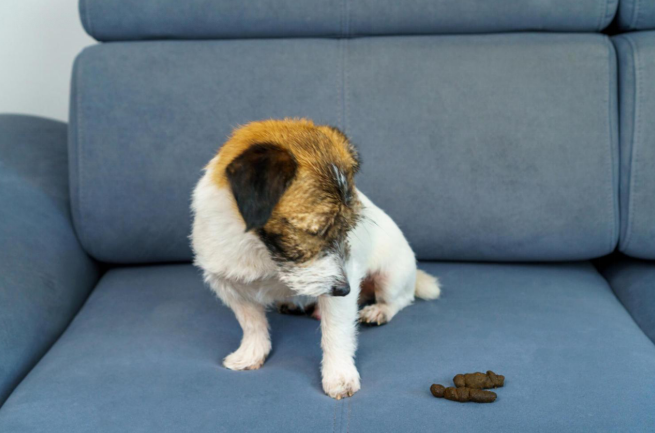
Under normal conditions, healthy adult dogs can hold their stool for about eight to twelve hours. Why so long? Because they learn to control their bowels when you’re not around. That learned behavior lets them wait until you open the door for a walk.
Puppies, on the other hand, have tiny bladders and bowels. Most can only hold a poop for two to four hours before they get uncomfortable. Senior dogs, due to weaker muscles or age-related issues, often fall in the six to eight-hour range.
If you’ve ever tried crate training your pup, you’ll know they won’t soil a space where they sleep. That’s learned control—one more reason to start house training early.
Several things can speed up or slow down your dog’s ability to hold it in:
● Age: Little puppies and older dogs both have a shorter window.
● Health: Upsets like diarrhea can leave them needing a bathroom ASAP, while constipation might make them hold it but feel bad. For more on pet health issues, see common health issues in pets.
● Training: House-trained dogs learn to wait.
● Stress and environment: New places or loud noises can trigger a sudden need.
Always give your dog regular potty breaks. Even if they can hold it, they’ll feel better when they go at the right time—and your carpets will thank you!
What your dog eats and drinks has a huge impact on bathroom habits:
● Fiber: A good amount keeps things moving. Too little, and they might strain; too much, and they might run to the yard.
● Protein: High-protein diets can mean firmer stools but may slow digestion if fat content is high.
● Water: Hydration is key for smooth waste passage. Check out our tips on cat and dog hydration hacks for tricks to get more water into your pet’s day.
Wet food usually speeds up elimination, while dry kibble takes longer. If you switch diets, do it gradually over a week to avoid stomach upset. For the best diet and nutrition for your dog, buy WOpet’s automatic pet feeder.
Physical activity gets the digestive tract moving:
● Active dogs often have more regular bowel patterns.
● Couch potatoes might hold it longer, risking constipation.
A daily walk or play session not only tires your dog but also helps them poop on a schedule. For fun ways to get your pet moving, see how automatic feeders can keep food fresh—combining feeding with play can turn mealtime into exercise time!
Big breeds and small breeds process food differently:
● Small breeds often have faster metabolisms, so they may poop sooner after meals.
● Large breeds move food more slowly.
Some breeds, like Greyhounds, have sensitive stomachs and may need special diets. Always tailor food choices to your dog’s needs, just as cat owners choose the right formula for their feline friends. For feeding young pets, take a look at a healthy kitten feeding schedule—the same logic helps puppies thrive!
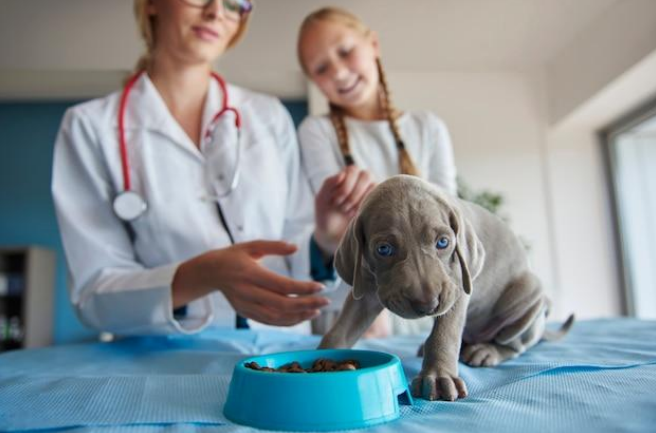
If your dog holds in stool regularly, watch out for:
● Constipation: Hard, dry stools that strain the colon.
● Anal gland issues: These glands need regular expression, often when dogs poop.
● Urinary problems: Straining may affect bladder health.
Keeping a consistent routine helps avoid these issues. If your dog seems uncomfortable, encourage a walk or consult your vet.
Dogs can’t talk, but they give clear signals:
● Whining or pacing near the door means “let me out!”
● Circling or sniffing often means search mode.
● Restlessness or sudden stops during play could be the urge.
When you see these cues, don’t delay. Getting outside within minutes helps them feel at ease.
Reach out to your vet if you notice:
● Straining with little output for more than 24 hours.
● Blood in stool or black, tar-like stools.
● No bowel movement at all for over 48 hours.
Regular checkups and discussions about your dog’s bathroom habits can catch problems early. For more on pet wellness, you might browse why cats hunt mice—understanding innate behaviors in any pet helps you meet their needs.
Dogs thrive on routine:
1. Feed at the same times each day.
2. Walk 15–30 minutes after meals—this often aligns with natural digestion peaks.
3. Offer bathroom breaks mid-day if you’re away.
A reliable schedule helps you know when your dog needs to go. No more guessing or too-late dashes outside!
Use positive methods:
● Crate training: Dogs avoid soiling their sleep space.
● House training: Praise immediately after they do their business outdoors.
● Cue words: A simple “go potty” helps them learn what to do.
Check out how to train your pet to use a water fountain—the same step-by-step approach works for potty cues!
If you work long hours:
● Hire a dog walker mid-day.
● Arrange a pet sitter or neighbor check-in.
● Use doggie daycare once or twice a week for a social and potty break.
Avoid more than eight to ten hours between breaks. Your dog’s health and happiness depend on timely relief.
For ideas on stress-free feeding routines that mix play and breaks, see automated feeders complete guide.
Puppies have tiny bladders and bowels. They often need a bathroom break every two to four hours. To help them learn:
● Set a timer to take them out.
● Use puppy pads for indoor emergencies.
● Keep praise handy—reward any success outdoors.
Early habits shape a lifetime of good behavior.
As dogs age, they may face:
● Weaker muscles around the colon and bladder.
● Slower digestion, making them hold it longer but feeling unwell.
● Arthritis or mobility issues, so short, gentle walks help.
The duration dogs retain their poop allows you to maintain their well-being while preventing both medical issues and unwanted incidents. We discussed digestion timelines while addressing general holding guidelines together with factors that affect these timelines such as diet and exercise and breed.
We studied health dangers that come from delayed bowel movements while teaching useful methods of care and training for extended days. The last point in our note addresses the unique requirements for young playful puppies alongside senior wise dogs.
Label:
Popular Post
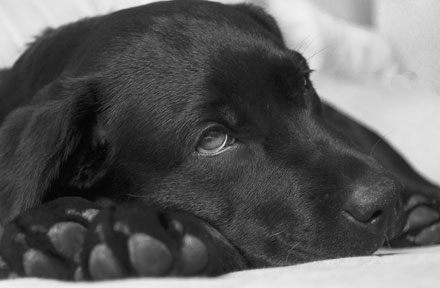
What to Feed a Sick Dog With No Appetite? [2025 Guide]
May 16, 2023
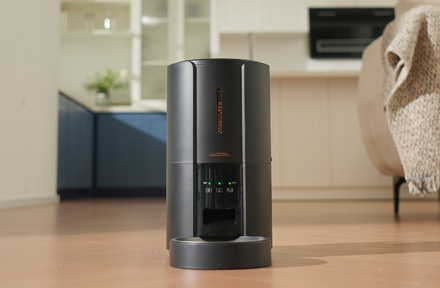
Troubleshooting Common Issues with Automatic Pet Feeders: Tips & Tricks for Pet Owners
Oct 26, 2023
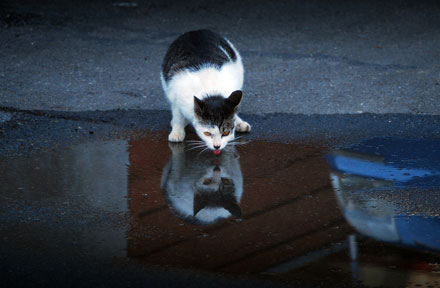
Why Does My Cat Cough After Drinking Water? 8 Potential Reasons
Mar 13, 2023
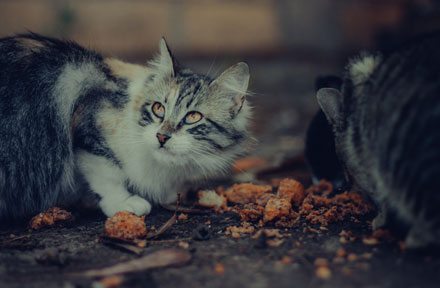
My Cat Only Eats A Little at A Time - What to Do?
Feb 27, 2023
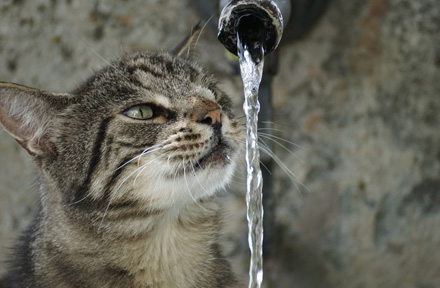
Why is My Cat Throwing up Water? Top 5 Causes Here
Feb 08, 2023
$99.99
$129.99
Copyright © 2025 WOPET. All Rights Reserved.